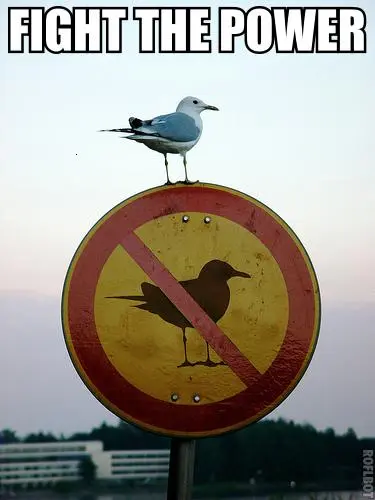

You sound like someone that hasn’t had to listen to that song on repeat every half-hour of the working day from November to January while serving the dregs of society we call holiday retail shoppers.
Its not about this particular song being good or bad. Practically any other sufficiently popular Christmas song could be a drop-in replacement for all of these memes. We who have worked retail (or retail adjacent public sevice) have trauma related to the circumstances of that seasonal torture.
This song is just a lightning rod because it has become a cultural shorthand for all this. That’s what many jokes are by the way, cultural references that relieve tension around a group’s shared trauma. That is exactly what memes are. This opinion boils down to, “I don’t like this meme, because it is a classic meme and I don’t like memes because they are memes.”
















I stopped drinking soda regularly decades ago and went through the same thing, drinks I once enjoyed were now either “meh” or way too sweet and acidic to be able stomach more than a few ounces. Cutting out soda also meant cutting out a lot of artificial sweeteners (because I was never very picky about diet or not, I just wanted the bubbly sweet. That meant that when I did try diet sodas after having quit for some time, they tasted even worse or sometimes even made me feel worse. This is all anecdotal obviously, but it seems like you’re experiencing something similar. It’s not just you. There’s nothing wrong with you.